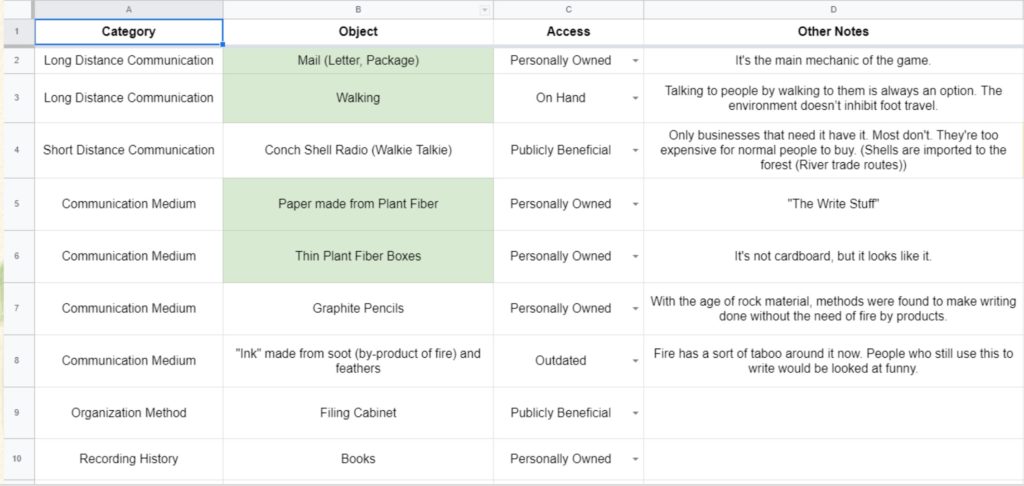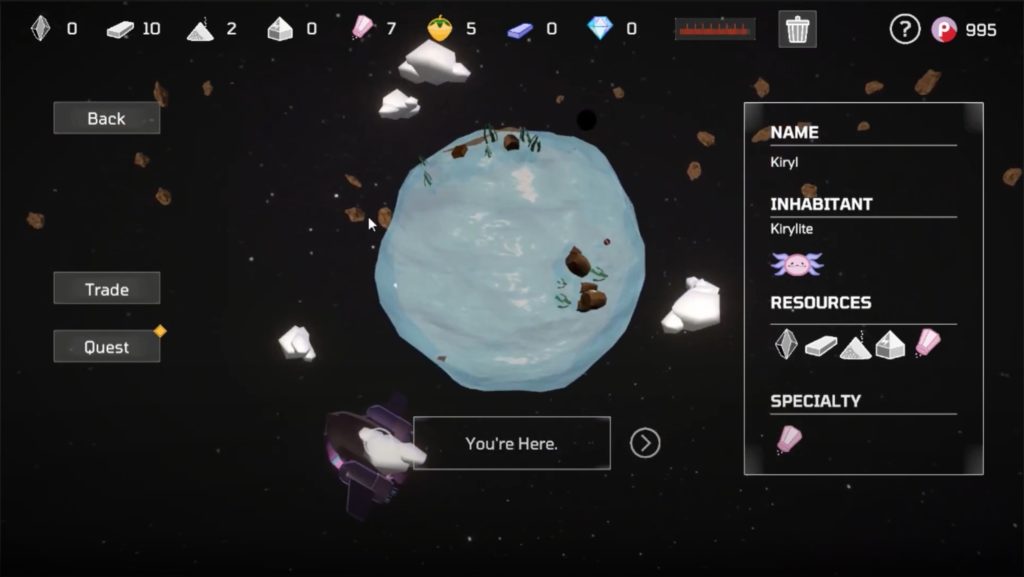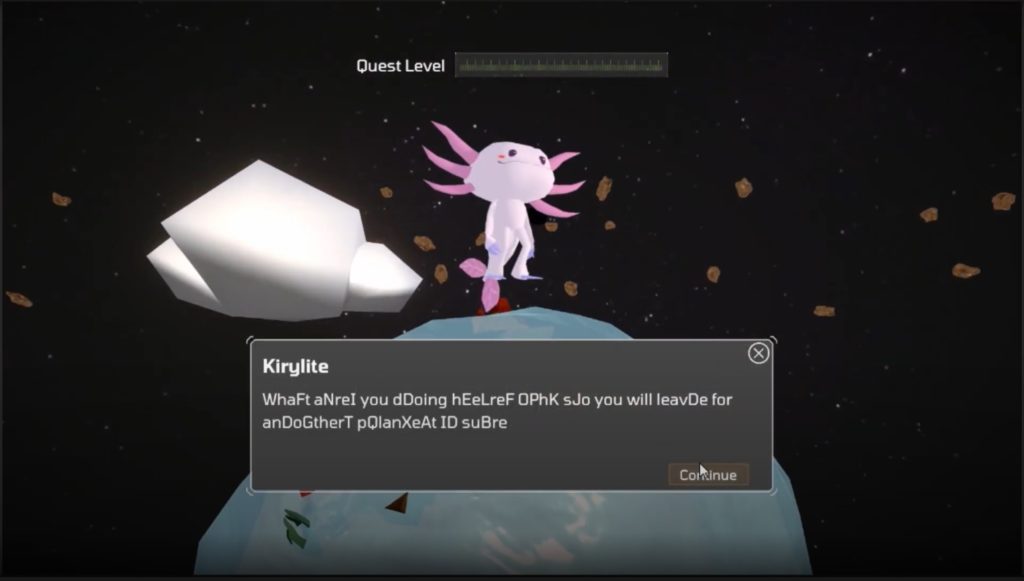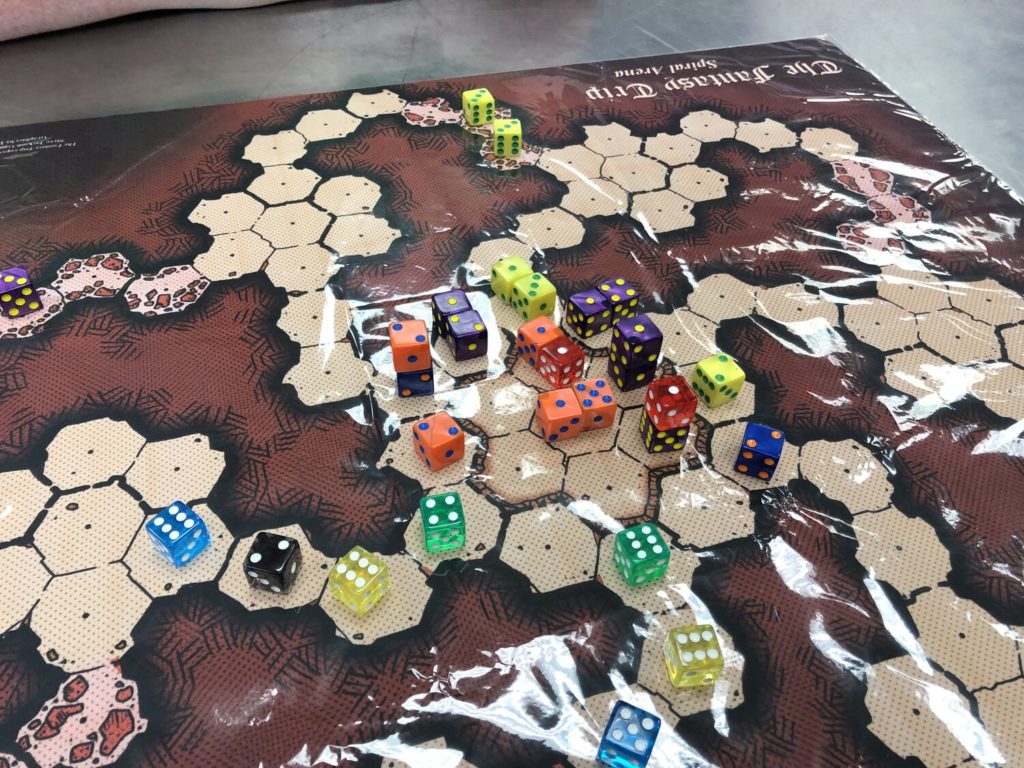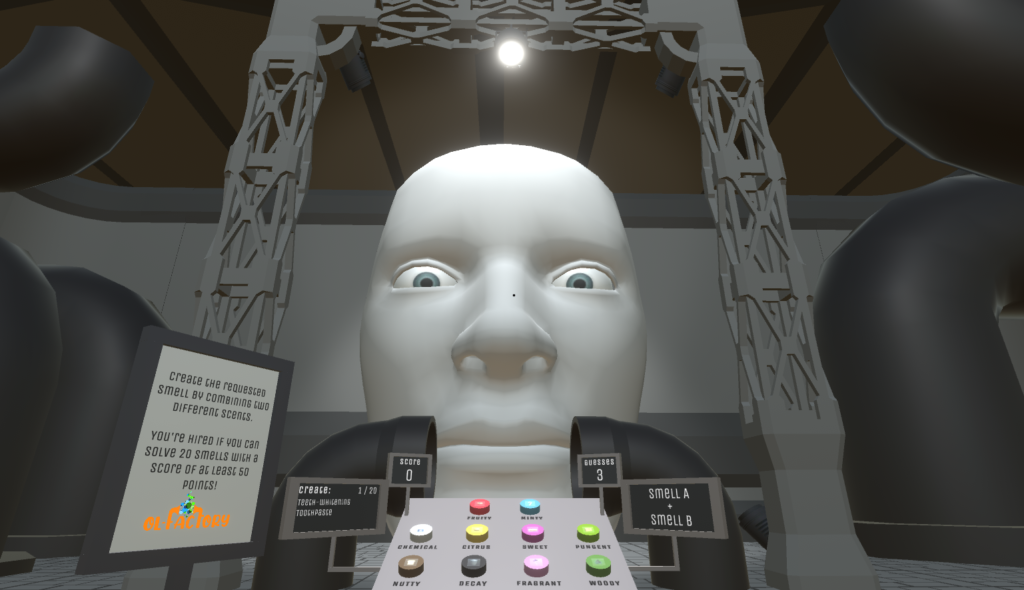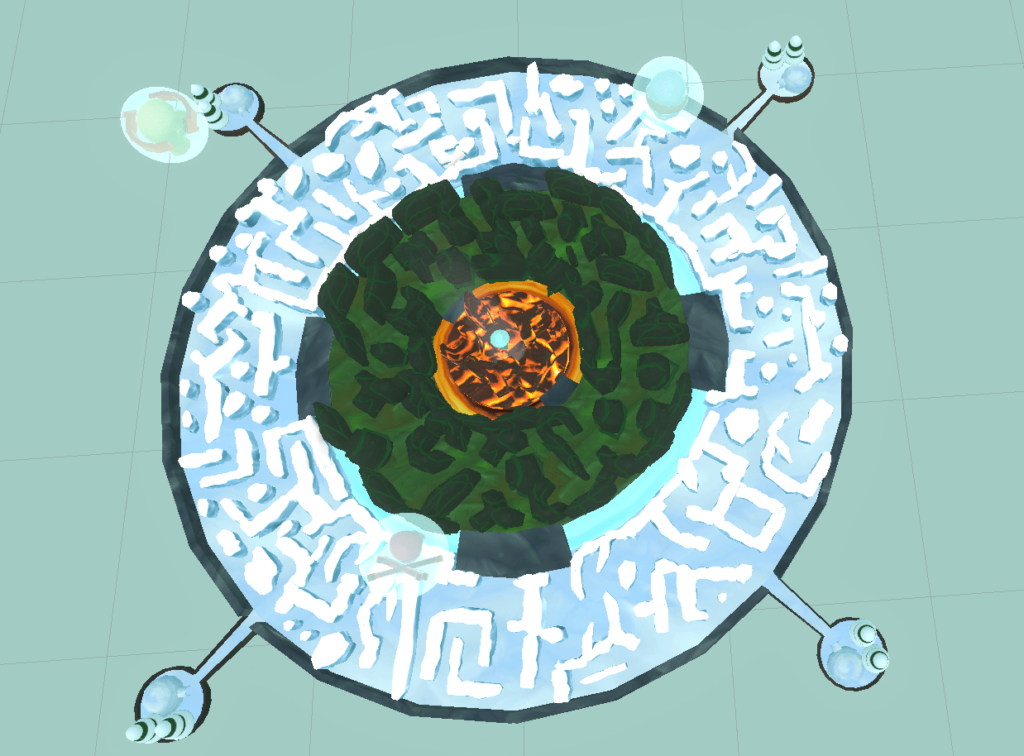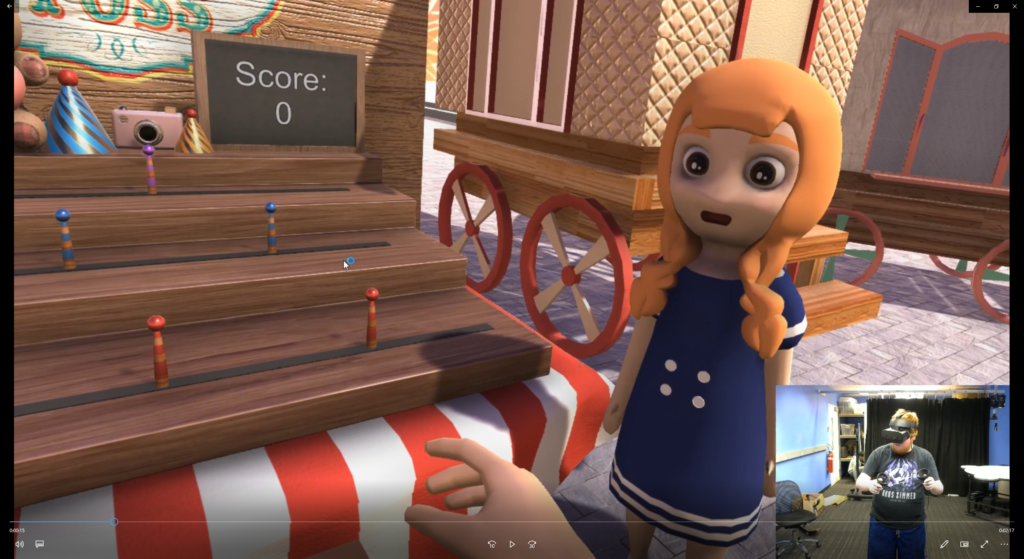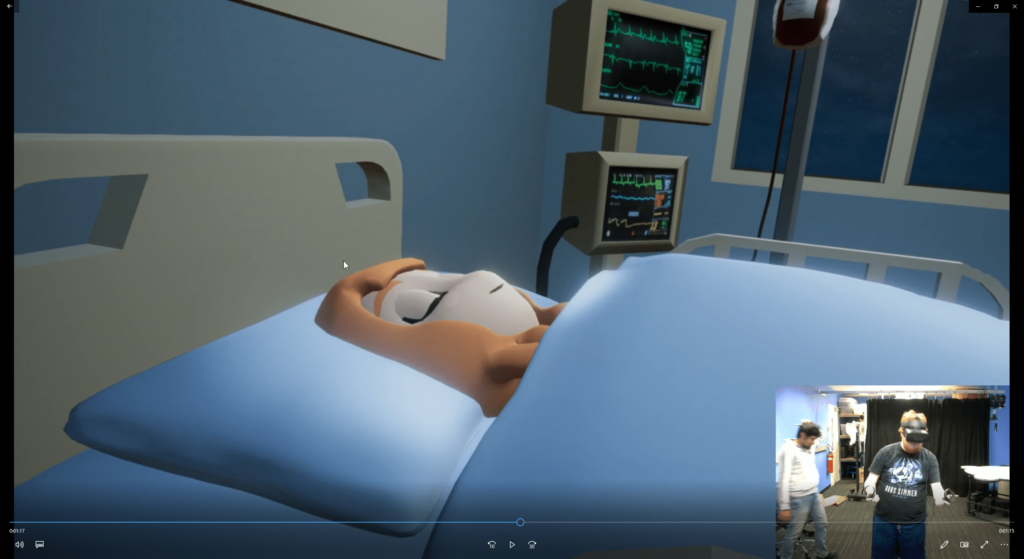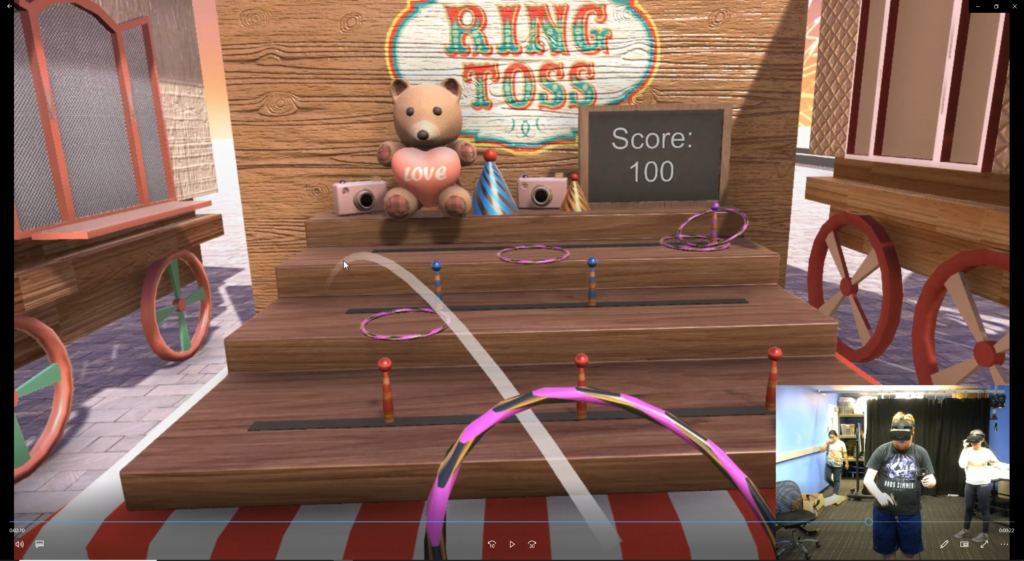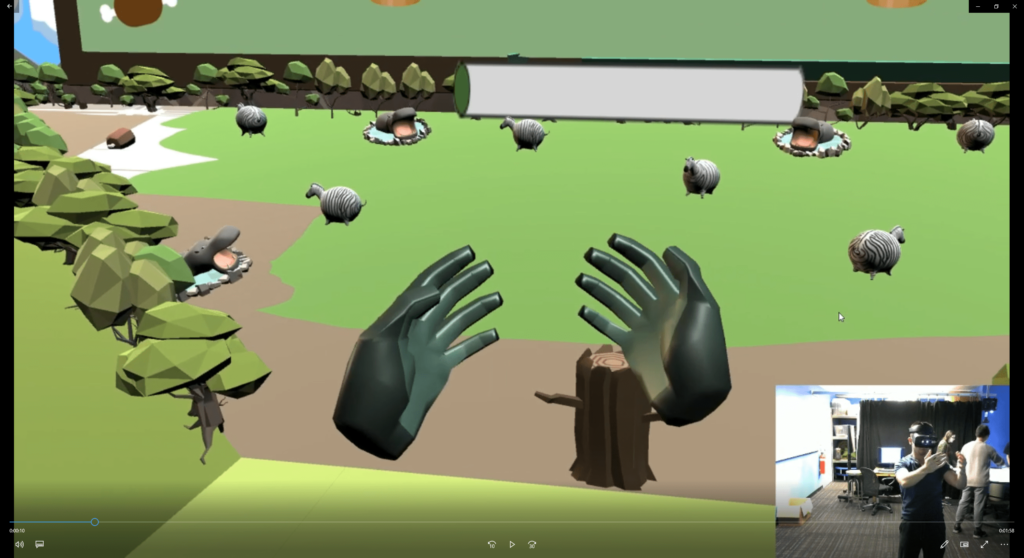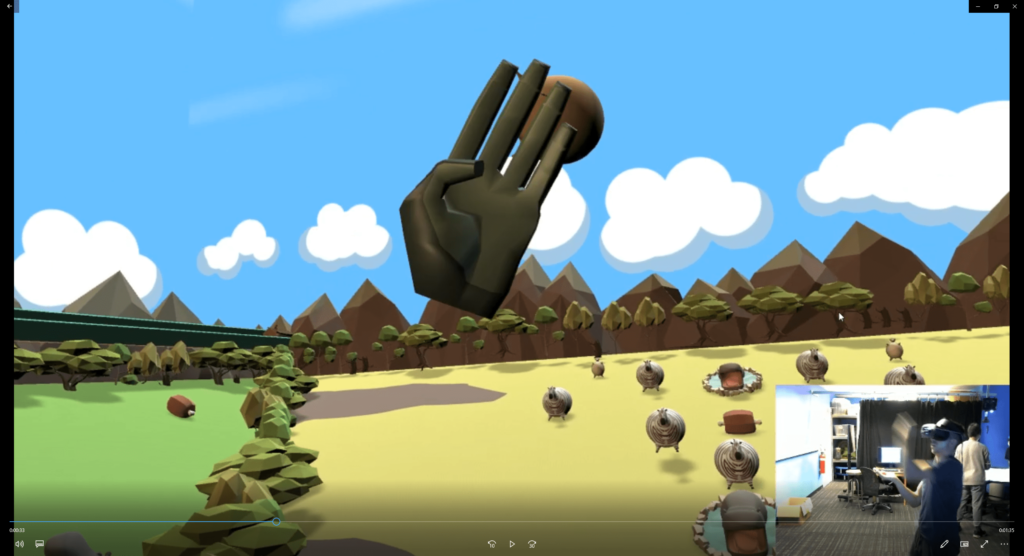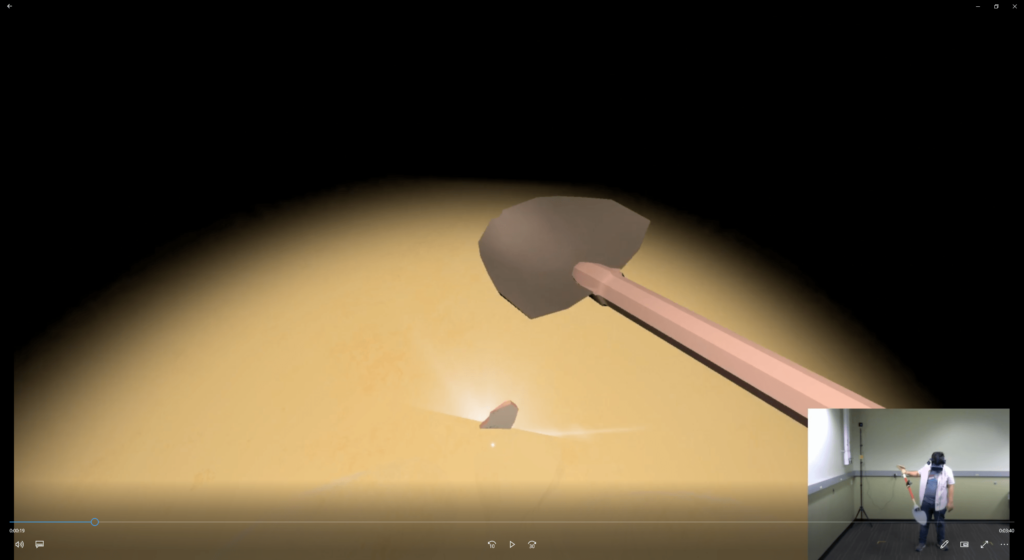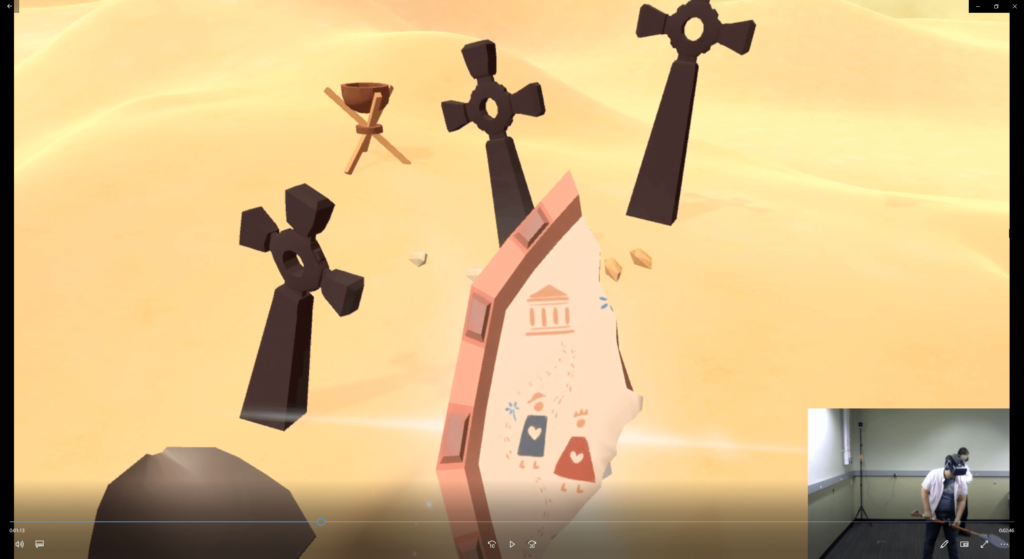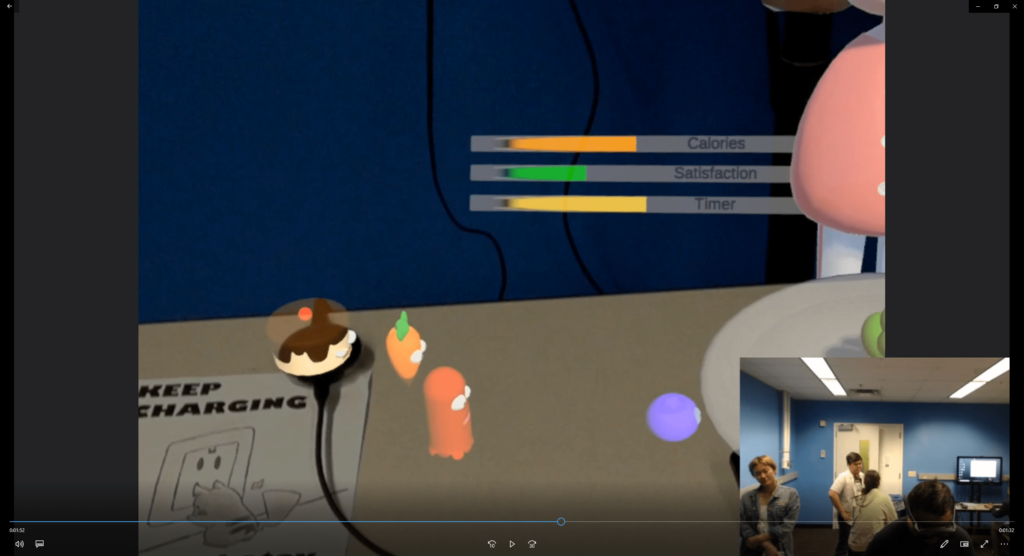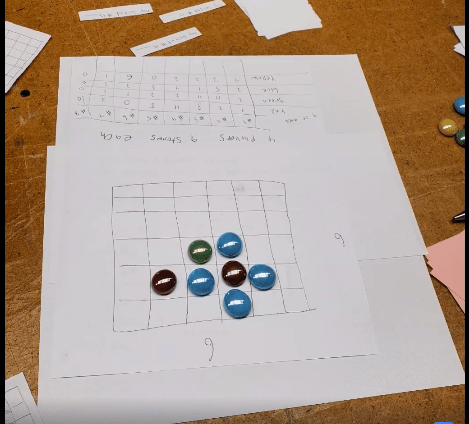Here is a link to our website: https://projects.etc.cmu.edu/pepperbox-productions/
Pepperbox Productions was a game pre-production project that aimed to create an engaging and emotional experience that stakeholders would want to invest in through compelling art and visuals, narrative and gameplay design.
As a designer on the team, I collaborated with the other designers to brainstorm and iterate concepts for the game that are challenging to summarize as our final game design document ended up being over 100 pages long. As a result of this collaboration I cannot point to any design work that is solely mine, but I did tackle the financial side of our project’s deliverables by making an estimated development schedule and budget.
Even though it was only the pre-production stage, this is definitely the biggest game I’ve ever worked on and by the end of the semester I found myself wishing we had more time with it. This project gave me a better understanding of the notion that “games are never finished, they just get shipped.” One thing that the design team did that really helped over the course of the project, was making a technology document with regards to world building early on. Taking the time to clarify what level of technology is outdated, commonplace, a novelty, top secret, or even exists for the world we were making helped decide if new ideas fit with our world or not. Additionally, the specifics of the technology acted as a constraint that helped foster brainstorming about characters who live in the world. In the future, if I work on a game where I’m a part of the world building process, I will remember to make a technology document.
